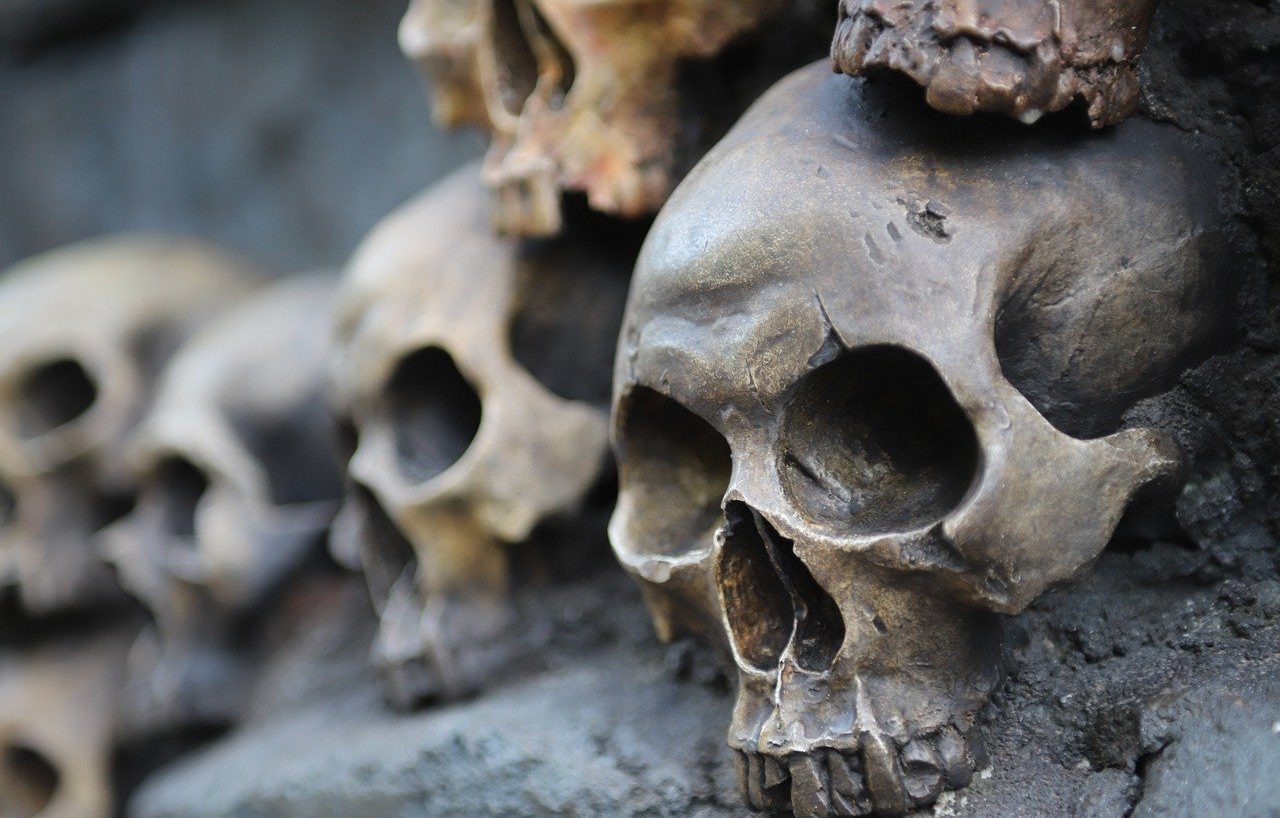
The skull is the set of bones that form the head while they are united, although without meat or skin on them.
The skull is the group formed by all the bones that make up the head while they are united, although without skin or meat on them. The etymology of the term takes us to calvaria , a Latin word that can be translated as “skull.”
For example: “Yesterday I found a cow skull in my grandfather's field,” “The researchers found three human skulls in the basement of the house,” “I'm going to get a skull tattooed on my right arm.”
Human skull
The skull of a human being is made up of twenty-eight bones that have the function of protecting the sensory organs and the brain and allowing the development of the chewing process. Of that total of bones, only the jaw is mobile.
It is possible to differentiate between the bones of the skull (occipital, parietal, temporal, frontal, sphenoid and ethmoid), the bones of the middle ear (the stapes, incus and malleus) and the bones of the face (mandible, palatine, vomer and others). All these bones make up the structure of the skull.

The skull is a symbol of pirates.
a symbol
It should be noted that the skull is used as a symbol in different contexts. When it appears on a dark background and crossed by two bones, it is an emblem of pirates .
The skull can also be used to warn of some type of danger (such as the toxicity of a substance or the risk of electrocution when touching a certain item) or represent death .
alfeñique skull
A candy that is made in the shape of a human skull, using various raw materials, is known as the alfeñique skull . The main ingredient in this recipe is cane sugar , which is normally used without coloring although some decide to add a small amount of vanilla. Generally, the skull is made in a single piece and decorated with some vegetable dye that gives it a certain movement, to contrast with the color of the base.
Although there is a great variety, the fundamental design consists of making the skull in white and the decorations in red, yellow, blue or green. Metallic glitter paper is also applied on them and on the forehead of the skull the name of someone whom the creator esteems is usually written, whether it is a member of his family or a very close friend.
Perhaps the most curious characteristic of this custom is not the shape or appearance of the candy, but the fact that not everyone eats it, since it is common to keep it for a few days and then throw it away intact.
In addition to the ingredients mentioned above, the recipe has evolved to include dried fruits, amaranth seeds and chocolate among the available options. In the same way, nowadays they are made of clay and sold; These toys consist of two concave parts that must be joined together to complete the figure, although the jaw is also usually separated.
With the help of a piece of thread that runs through the skull through a series of holes, it is possible to "animate" it , pulling it so that the mouth opens and closes, something that produces a very particular sound. The colors of these toys are more contrasting and striking than those of candy .
It is tradition to buy one of these toys and give it to a loved one. Its origins take us back to the Day of the Dead , in Mexico , where children asked to be given these small skulls.
He who lives by party
In colloquial language, a man who lives a party , is libertine and has different vices is called a skull.
“When I was young I was a Calavera, but I changed when I got married” and “Calavera doesn't scream: if your head hurts now from being drunk last night, don't complain” are expressions that show this use.
